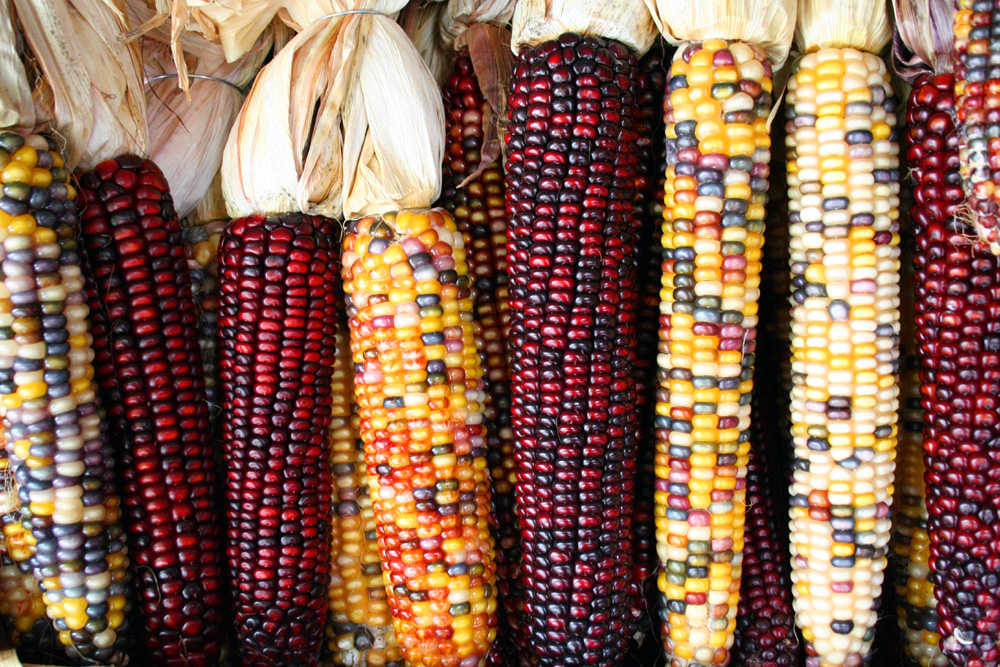Orthodox Seed on:
[Wikipedia]
[Google]
[Amazon]
 Orthodox seeds are
Orthodox seeds are
Woody Plant Seed Manual - USDA FS Agriculture Handbook 727
How long can a seed remain alive?
Plant reproduction Seeds {{botany-stub
 Orthodox seeds are
Orthodox seeds are seed
A seed is an embryonic plant enclosed in a protective outer covering, along with a food reserve. The formation of the seed is a part of the process of reproduction in seed plants, the spermatophytes, including the gymnosperm and angiospe ...
s which will survive drying and/or freezing during ex-situ conservation
Svalbard GLOBAL SEED BANK, an ''ex situ'' conservation.
''Ex situ'' conservation literally means, "off-site conservation". It is the process of protecting an endangered species, variety or breed, of plant or animal outside its natural habitat; ...
, as opposed to recalcitrant seed
Recalcitrant seeds are seeds that do not survive drying and freezing during ex-situ conservation. By and large, these seeds cannot resist the effects of drying or temperatures less than 10 °C (50 °F); thus, they cannot be stored for long periods ...
s, which will not. According to information from the U.S. Department of Agriculture
The United States Department of Agriculture (USDA) is the federal executive department responsible for developing and executing federal laws related to farming, forestry, rural economic development, and food. It aims to meet the needs of comme ...
, there is variation in the ability of orthodox seeds to withstand drying and storage, with some seeds being more sensitive than others. Thus some seeds are considered intermediate in their storage capability while others are fully orthodox. One notable example of a long-lived orthodox seed which survived accidental storage followed by controlled germination is the case of the 2,000-year-old Judean date palm
The Judean date palm is a date palm (''Phoenix dactylifera'') grown in Judea. It is not clear whether there was ever a single distinct Judean cultivar, but dates grown in the region have had distinctive reputations for thousands of years, and the ...
(cultivar of ''Phoenix dactylifera
''Phoenix dactylifera'', commonly known as date or date palm, is a flowering plant species in the palm family, Arecaceae, cultivated for its edible sweet fruit called dates. The species is widely cultivated across northern Africa, the Middle Eas ...
'') seed which successfully sprouted in 2005. This particular seed is reputed to be the oldest viable seed
There have been several seeds known at different times as the oldest viable seed.
Dormancy allows seeds to survive for extended periods, which can aid in seed dispersal and spread out the growth and establishment of seedlings, increasing the li ...
, but the upper survival time limit of properly stored seeds remains unknown.
See also
*Micropropagation
Micropropagation or tissue culture is the practice of rapidly multiplying plant stock material to produce many progeny plants, using modern plant tissue culture methods.
Micropropagation is used to multiply a wide variety of plants, such as th ...
*Plant propagation
Plant propagation is the process by which new plants grow from a variety of sources: seeds, cuttings, and other plant parts. Plant propagation can also refer to the man-made or natural dispersal of seeds.
Propagation typically occurs as a step i ...
*Seedbank
A seed bank (also seed banks or seeds bank) stores seeds to preserve genetic diversity; hence it is a type of gene bank. There are many reasons to store seeds. One is to preserve the genes that plant breeders need to increase yield, disease res ...
Notes
External links
Woody Plant Seed Manual - USDA FS Agriculture Handbook 727
How long can a seed remain alive?
Plant reproduction Seeds {{botany-stub